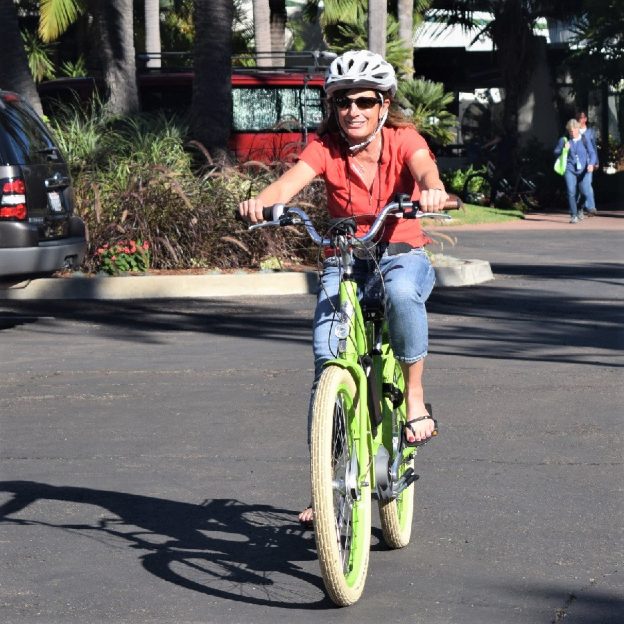Tag: knee replacement rehab
-

E-bike assistance after hip or knee surgery
Recovering from hip or knee surgery can be fun when adding an electric-assist bike to the post-rehab process. After my second hip replacement and talking to others with hip or knee procedures, an e-bike can make the rehab process easier. Helping to achieve full-joint motion and an active lifestyle after surgery. Especially with the improvements…
